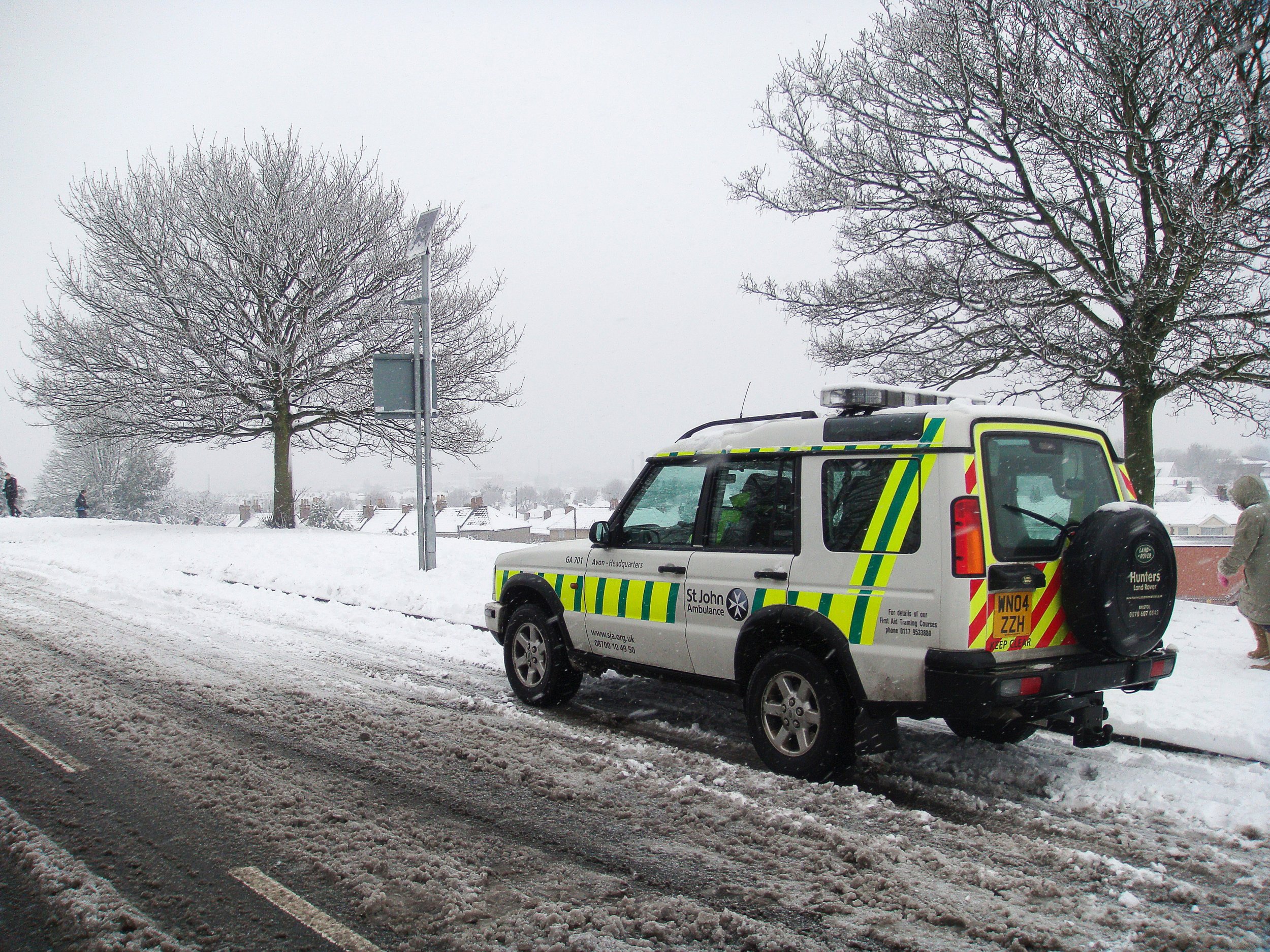St John urges people to check in on neighbours as temperature plummet
With an amber weather warning issued for ice and snow this week across much of the country, and temperatures set to dip as low as minus 10 degrees Celsius, St John Ambulance is urging people to brush up on their first aid skills and check in on neighbours as temperatures plummet.
Children, elderly and people with underlying health conditions are much more likely to feel the effects of the cold this week, which can put additional stress on the body. And when most thermostats are turned down, as the cost-of-living crisis continues to squeeze pockets, symptoms of existing health conditions like asthma and arthritis can be exacerbated.
Hypothermia:
While severe-cold related illnesses such as hypothermia and frostbite are rare, the effects the cold can have on the body can lead to someone needing urgent medical attention.
Knowing what to look out for and understanding how to help someone quickly is vital in ensuring they receive the best care and most positive outcome.
Hypothermia is a condition which can happen when someone’s body temperature drops below 35°C (95°F). Normal body temperature is around 37°C (98. 6°F). Hypothermia can become life-threatening quickly, so it’s important to treat someone with hypothermia straight away. Severe hypothermia, when the body temperature falls below 30°C (86°F), is often fatal. Hypothermia can be caused by being in a cold environment for a long time. The elderly, the very young, the homeless and those who are thin, frail, or not able to move around easily are particularly vulnerable.
Symptoms include:
Shivering and pale, cold, dry skin.
Tiredness, confusion, and irrational behaviour.
Slow and shallow breathing.
Slow and weakening pulse.
How to treat symptoms hypothermia:
Get them out of the cold. If they can’t be moved indoors protect them from the cold and the elements.
If their clothes are wet, change them and cover them with a blanket. Make sure the head is covered too.
If they are alert give them something warm to drink and some food or chocolate.
Call 999/112. Do not leave them alone.
If they become unresponsive, prepare to treat someone who is unresponsive.
Frostbite:
Frostbite happens when part of the skin and other tissues, freeze due to low temperatures. Frostbite usually affects the fingers and toes as they are the parts of the body furthest from the heart. If someone has severe frostbite, then they might permanently lose all feeling in that part of their body. Frostbite can lead to the blood vessels and soft tissues becoming permanently damaged, leading to death of the tissue and gangrene. Frostbite usually happens in freezing or cold and windy weather. People who cannot move around are more likely to get it. Someone with frostbite will probably have hypothermia, so be prepared to treat them for that too.
Symptoms include:
‘Pins and needles’ to begin with.
They may have numbness.
Their skin may become hardened and stiffened.
Their skin may be pale, and then turn blotchy and blue. On recovery, the skin may be red, hot, painful and blistered.
How to treat symptoms of frostbite:
Help them indoors, if possible, and warm their hands up by placing them under their armpits or in your hands. Don’t rub their skin.
Place the affected part in warm water.
Dry the area and put on a lightweight dressing. Help them raise the limb.
Give them paracetamol.
Take or send them to hospital, keeping the limb raised.
More first aid advice can be found on the St John Ambulance website: www.sja.org.uk

